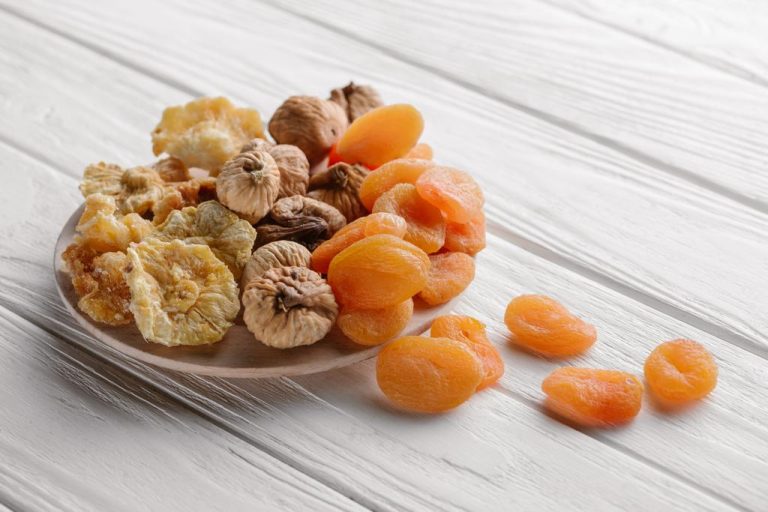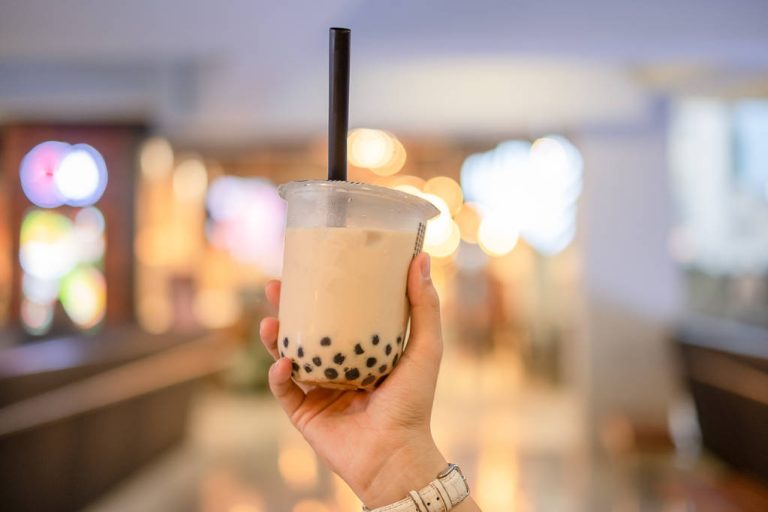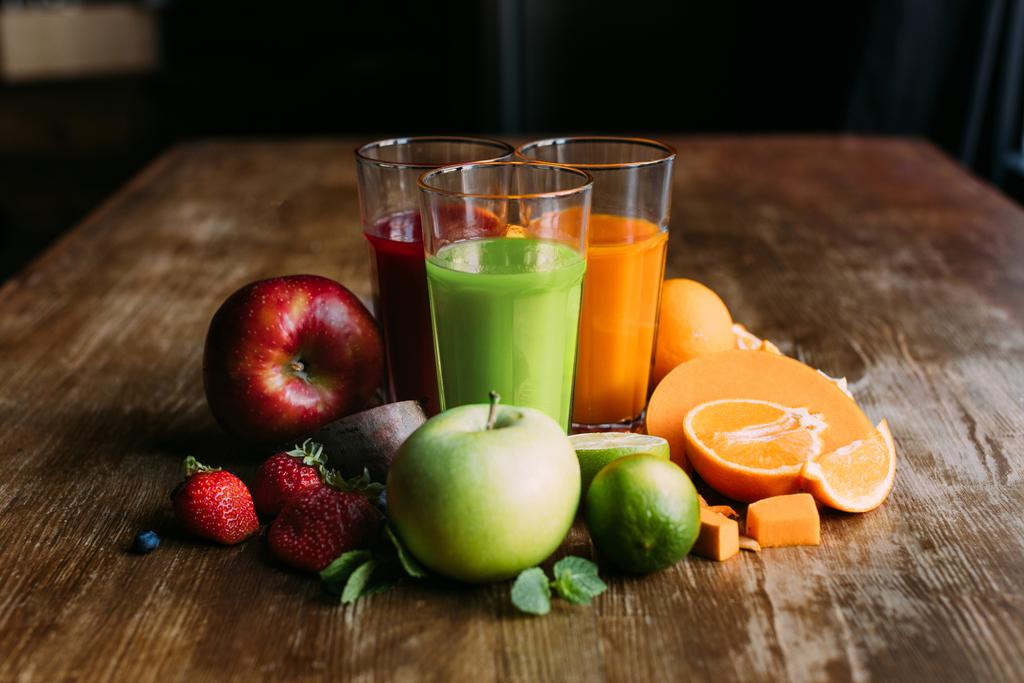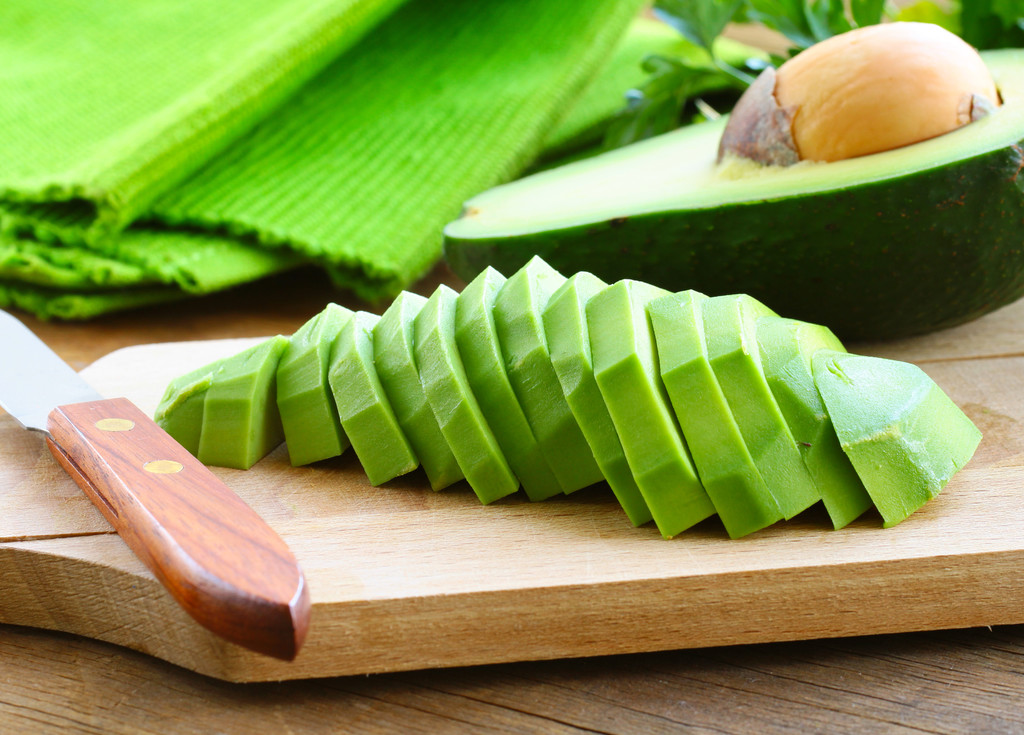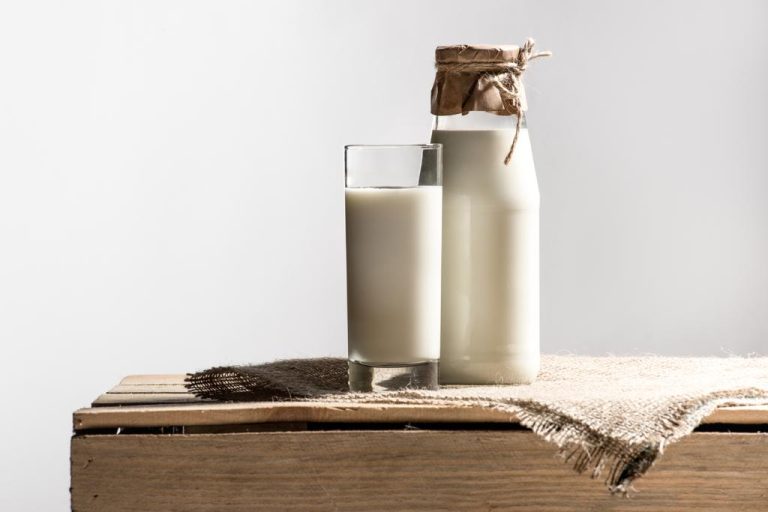When trying to lose weight, here are 7 foods you should know: They’re healthy, but they still contain hidden calorie bombs that can sabotage your summer diet if you’re not aware of it.
Losing weight not working? These 7 foods could be to blame
In general, when you take a closer look at the nutritional information, industrially processed and preserved products often have a high fat or sugar content. Sugar or other flavoring agents are added to most industrially processed foods, which leads to a high number of calories. The principle applies: homemade is always best!
In the following we have put together an overview of the foods for you that have significantly more calories than you would think at first glance.
You should not eat too much of it, especially not if you are on a diet, otherwise you may not be able to achieve the desired weight loss success.
1. Dried fruit
As a substitute for unhealthy sweets such as chocolate & co., many people like to use dried fruit. They are also a varied topping in yoghurt, smoothies or muesli. However, the dried version is not as healthy as fresh fruit: Depending on the type, the latter contains 15 to 20 grams of natural sugar and some fiber. Already 30 grams of dried fruit (about three to four dates) have about the same amount of sugar. A large amount of dried fruit is eaten faster than one or two fresh apples, pears or tangerines.
2. Fruit Juices
“From today on I’ll leave out soda and cola and only drink fruit juices, then I’ll definitely lose weight in no time at all!” Something like this is a widespread misconception that has led countless people who want to lose weight into the calorie trap. Fruit juices are real calorie bombs: a glass of orange juice (100 ml) has 45 calories, apple juice 46 calories, pineapple juice 53 calories. For comparison: A glass of beer (100 ml) has 43 calories, cola 41 calories, soda 40 calories.
3. Smoothies
The creamy consistency is already in the name: the term “smoothie” is derived from the English word “smooth”, which means “smooth” or “soft”. Herbs, fruits, milk and seeds are typical ingredients of the pureed drinks – and almost all of them are healthy and nutritious.
4. Nuts
Nuts are also generally known as healthy fillers, but they should only be consumed in moderation. While all types of nuts contain healthy fats and valuable nutrients and are good for the heart and blood vessels, they also contain a lot of calories. According to the Federal Center for Nutrition, a 100 gram portion of hazelnut kernels contains 644 kilocalories, for example, while the same portion of chestnuts “only” has 196.
5. Dips
As a complement to carrot, cucumber or pepper sticks, dips appear almost perfect. But even in this actually sensible and healthy snack side dish, fat and calories can hide in large quantities.
6. Black Rice
Black rice is considered healthier compared to white rice because it contains more protein and fiber. Nevertheless, if you eat too much, you quickly fall into the calorie trap, since black rice also has a high proportion of carbohydrates.
7. Avocado

Avocados are more popular than ever before: The “green gold” should not be missing in any “healthy” household. The calorie bomb, also known as “butter fruit”, is extremely unsuitable for losing weight. The avocado is a berry, to be precise. It is rich in unsaturated fatty acids, potassium and calories. An avocado (about 200 grams) contains about 400 to 450 calories, so it is almost a meal in itself.

